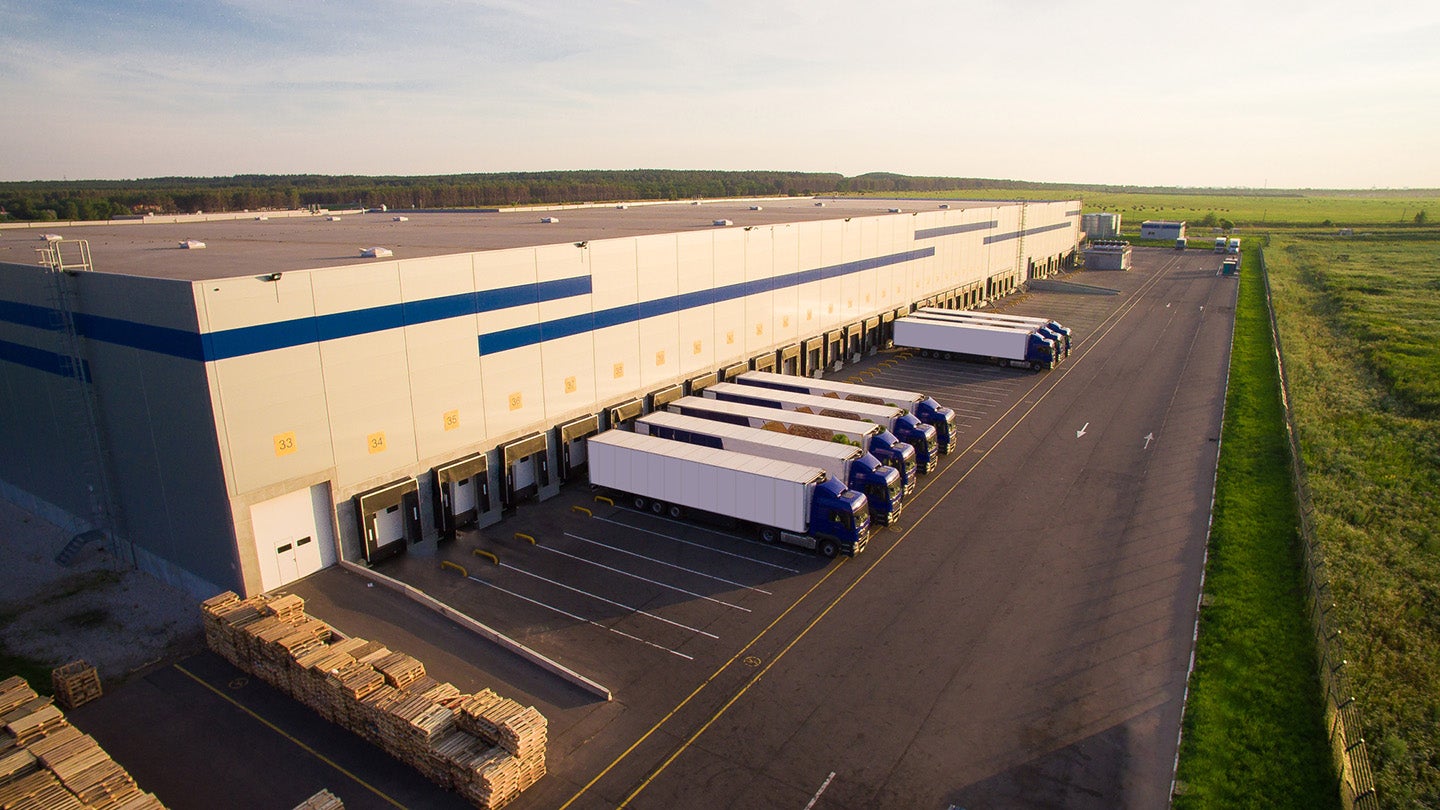Solution
Cross-Docking
Innovative Cross-Docking Automation
Sure Sort is ideal for cross-docking operations in warehouses with limited space, replacing up to six manual put walls. Its compact design with dense storage locations allows efficient use of available space by accurately sorting parcels of varying sizes and types into a single, consolidated space. This enhances the overall efficiency and effectiveness of cross-docking operations in constrained environments.
Sure Sort’s automated sorting capabilities enhance flexibility and adaptability in cross-docking to mitigate the impact of supply chain disruptions. It handles large shipments, which can then be easily broken down into smaller groups for easier delivery and maintenance of efficient operations, minimizing the impact on cross-docking efficiency.
The OPEX Sure Sort system uses precise and automated sorting technology to reduce the risk of damage and errors in cross-docking. Its advanced scanning and sorting capabilities ensure high accuracy in item placement, contributing to a more reliable and error-free operation.
Class aptent taciti sociosqu ad litora torquent per conubia
Lorem ipsum dolor sit amet, consectetur adipiscing elit
Discover OPEX’s Range of Cross-Docking Solutions
Cross-docking Perfected
Sure Sort is an automated put wall that offers a flexible, fast, and accurate sorting solution for your supply chain to help you save time, space, and labor. It can fit in small footprints and be installed quickly without disrupting your operation while allowing for easy WMS integration. Multiple sort locations in a column within the system can be assigned to sort units to another distribution center or store location for a streamlined cross-docking or store replenishment process. Sure Sort’s modular design allows you to add more expansion modules and iBOTs to keep up with growing demand.Advanced Sortation
Sure Sort X is the next level in OPEX’s advanced sortation systems. This robust, reliable system increases your efficiency, productivity, and throughput in a compact, dense footprint. Sure Sort X speeds up the cross-docking process with advanced product handling capabilities, sorting small and large items up to 20 pounds quickly. Multiple sort locations in a column within the system can be assigned to sort items to another distribution center or store location for a streamlined cross-docking or store replenishment process. Sure Sort X’s modular design allows you to add more expansion modules and iBOTs to keep up with growing demand.

“The adaptiveness of the machine to give us a final solution and reduce labour is phenomenal.”
Tom Sinclair
Executive Director at Kookaburra
Other Resources You May Find Helpful
White Paper
Increasing Distribution Center Productivity with Automated Put Walls
Ebook
How to Calculate the True ROI of Warehouse Automation
Ebook
10 Things to Consider Before Implementing Warehouse Automation
Video
Target: The Importance of Supply Chain Automation
NEXT LEVEL AUTOMATION
Unlock Operational Efficiency with OPEX
OPEX is powering the future of automation. Contact us to learn more about how our vertically integrated automated solutions can help take your business to new heights.